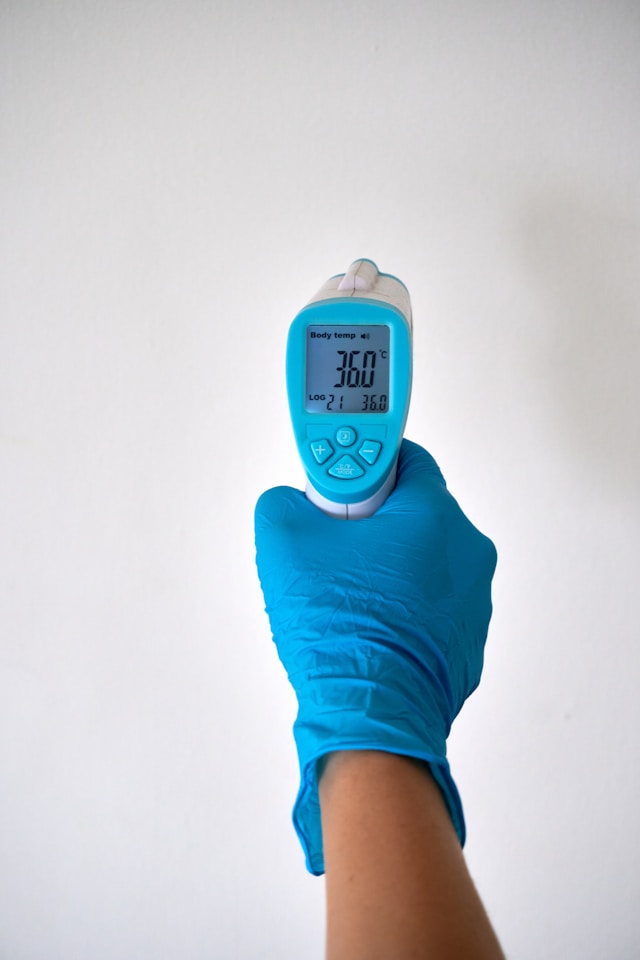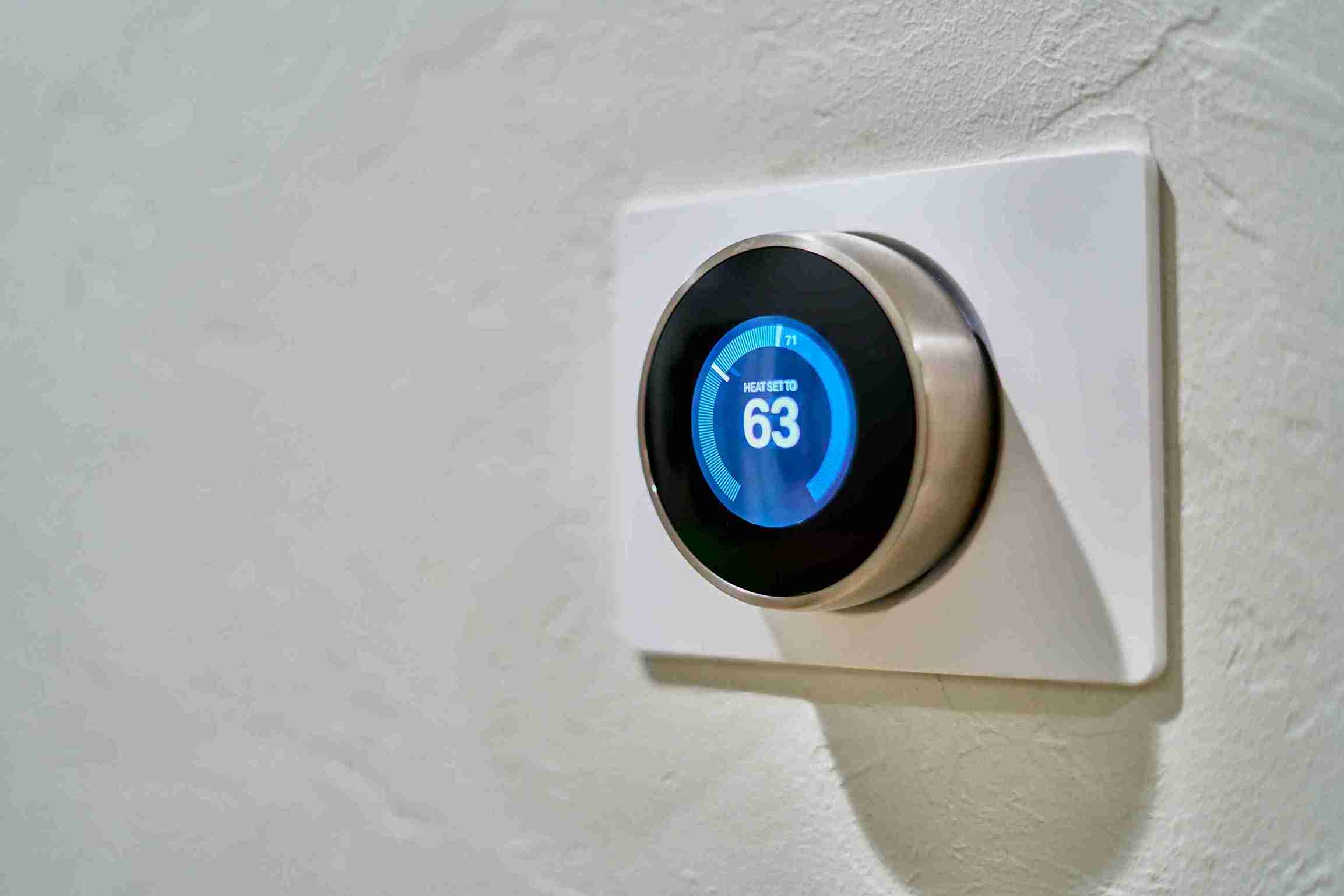Temperature Controllers receive sensor signals and control heaters or other devices to maintain a present temperature.
What is temperature controller?
A temperature controller is a device used to control a heater or other equipment by comparing a sensor signal to a set point and making calculations based on the deviation between those values. Devices that can handle sensor signals other than temperature are called temperature controllers.

How to control the temperature controller?
Temperature controllers control the temperatures so that the value is the same as the set point, but the response varies due to the properties of the controlled substances and the control method of the temperature controller. Generally, the answer is to reach the set point on the temperature controller as quickly as possible. A reaction that increases the temperature rapidly, even if it is greater than required, increase the temperature slowly.
Working principle of temperature controller
It is a feedback control system used for temperature control. The main parts of feedback control system are built in temperature controller. A feedback control system can be developed, and the temperature can be controlled by connecting the temperature controller with a controller and temperature sensor suitable for the controlled object.
Characteristics of a controlled substance
Before selecting a temperature controller or temperature sensor, the thermal characteristics of the controlled material must be understood for proper temperature control.
Characteristics of the controlled object
1. Heat capacity
Heat capacity, which indicates the ease of heating, varies with the capacity of the furnace.
2. Static characteristics
Static characteristics, which indicate heating capability, vary with the capacity of the heater.
3. Dynamic characteristics
Dynamic characteristics, which indicate the startup characteristics of heating (excessive response), Vary with heater and furnace capacity that can affect each other in a complex way.
4. External disturbances
External disturbances cause temperature changes. For example, the opening or closing of a door on a constant temperature tank can cause external disturbances that generate temperature changes.
Types of control methods
1. ON/OFF Control Action
When the process value is lower than the set point, the output is turned on and power is supplied to the heater. If the process value exceeds the set point, the output is turned off and power to the heater is shut off. This control method turns the output on and off based on the set point to keep the temperature constant, which is called ON/OFF control action. With this action, the temperature is controlled using two values (0% and 100% set point). Hence the operation is also called two-level control operation.
2. PID Control Action
PID control is a combination of proportional, integral and derivative control actions. Here temperature is smoothly controlled by proportional control action without hunting, automatic offset adjustment is done by integrated control action, and quick response to external disturbances is possible by derivative control action.
1. What is P Action?
P Action (Proportional control action) is used to reduce the deviation between the process value and the set point to output a manipulated variable (control output variable) that is proportional to the deviation. A proportional band is formed centered on the set point and the output is determined according to the following rules. Smoother control than ON/OFF control action is possible because the output is gradually shifted closer to the set point according to the deviation. However, if the temperature is controlled by proportional action, it will stabilize at a temperature that is not (offset) from the set point.
2. What is I Action?
I Action (Integral control action) increases or decreases the manipulated variable according to the magnitude and duration of the deviation. With proportional action the temperature will stabilize from the set point (offset) temperature, but the deviation will decrease over time and the process value will be equal to the set point by connecting the proportional and integral point.
3. What is D Action?
D Action (Derivative control action) provide manipulated variable in response to sudden changes in process value caused by factors such as an external disturbances, so that the control returns quickly to the original state. Both proportional and integrated actions adjust the control results, So the response to sudden changes is delayed. The derivative function compensates for that shortcoming and provides a large, manipulated variable for fast external disturbances.
What is a Temperature Sensor?
The temperature sensor measures the temperature of the space where temperature control is required. It converts the temperature into a physical measure of voltage or resistance and outputs it.
Types of Temperature Measurement
There are three types of temperature measurement as described below.
Contact Temperature Measurement
Thermocouple
In thermocouples used various types K, E, J and T use base metals, and another types B, R and S used noble metals. This type of thermocouple is selected based on measurement temperature, environment and accuracy. However, in general types K, J and R are commonly used. read also.
Resistance Thermometer
In this type of is called platinum resistance thermometer used to PT, JPT
Thermistor
A thermistor is a resistance thermometer or resistor whose resistance depends on temperature. The word is a combination of thermal and resistor.
Working Principle of Thermocouple
A thermocouple is a temperature sensor that uses a phenomenon that produces a thermos electromotive force according to the temperature difference between the joint end and the open end of different types of metals joined together at one end. A combination of metals with high and constant thermos electromotive force is called a thermocouple. Thermocouples are widely used in industry.
